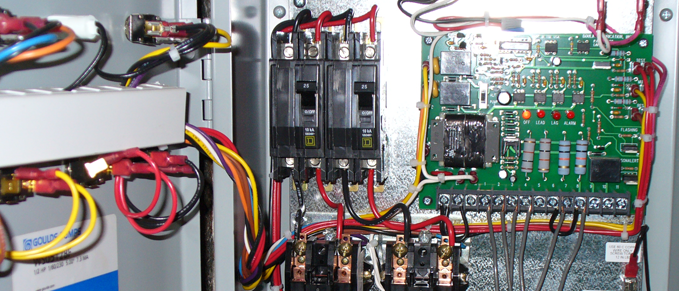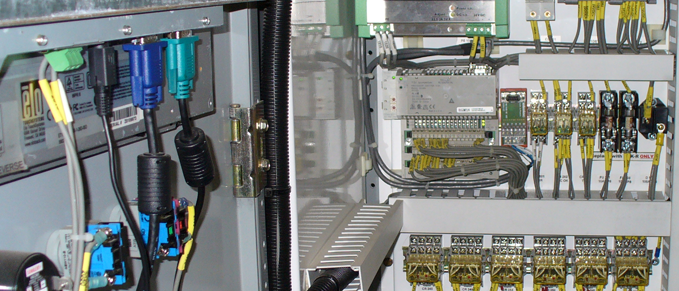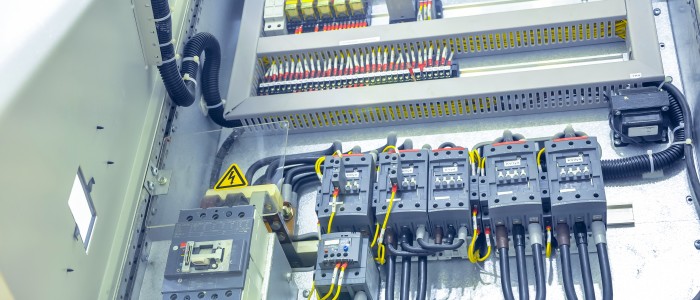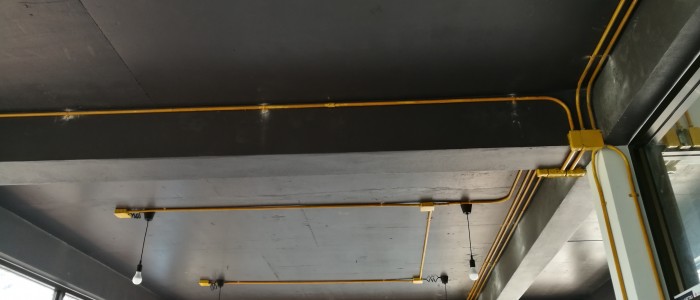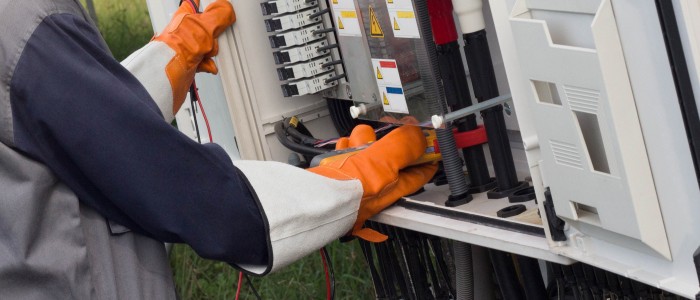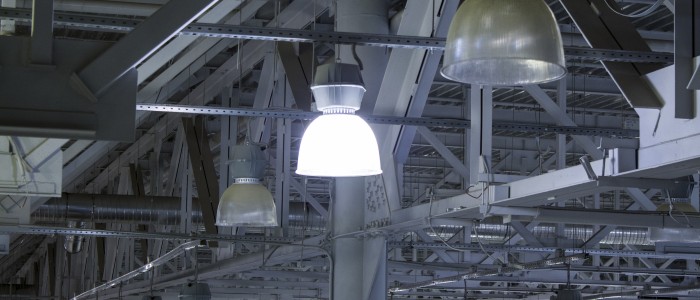Do you know what a Faraday cage is? It’s a cage or enclosure that is used for protecting electronic equipment and people alike. While that might seem like magic, there are many scientific principles at play. If you’re curious, here is how a Faraday cage works, how it was invented, and some of the many uses it has.
What is a Faraday Cage?
A Faraday cage is an enclosure made with a chain-link fence, fine wire mesh, or other metal designed to shield people from electromagnetic fields. Faraday cages work by absorbing the electrical charges and evenly distributing them throughout the exterior of the cage.
When this charge is dispersed throughout the exterior of the cage, the electric charges inside the enclosure are canceled out, which prevents external electrical fields from entering. As a result, Faraday cages work by protecting electronic equipment and living people.
Who Invented the Faraday Cage?
The first person to make strides in the discovery and creation of the Faraday cage was Benjamin Franklin. He had always been interested in electricity and lightning strikes, and that fascination led to a pivotal experiment in 1775. Benjamin Franklin lowered a cork ball, tethered by a silk thread, into an electrically charged metal pint can. When the ball touched the bottom, it wasn’t electrified but was drawn to the surface of the can when Franklin held it near the exterior.
You may be curious how a cork ball on a string would lead to something that protects electronic equipment. Still, it wouldn’t be until 90 years later that an English chemist and physicist, the scientist Micheal Faraday, would discover the significance of Franklin’s experiment. Faraday had moved into the theater of the royal institute of London in January of 1836 and conducted a groundbreaking experiment in the basement.
After covering an entire room with metal foil and striking it with an electrostatic generator, Faraday found that only the outside was charged. Faraday conducted several more experiments in the future, including a larger recreation of Franklin’s, and created the Faraday Cage, which bears his name.
How are Faraday Cages Used?
Now that you understand how a Faraday cage works, you might be curious about how such a niche concept can be utilized. There are many inventions that were made possible thanks to Faraday’s experiment, and even if you’ve never heard about it until now, you’ve likely encountered a Faraday cage in your daily life. Here are some of the ways that Faraday cages have been used to protect electronic equipment and people alike:
- The microwave oven in your kitchen is a Faraday cage, but not in the typical sense. It’s designed to work in reverse by keeping the charges inside to cook food.
- Magnetic resonance imagining, or MRI, are also Faraday cages. By keeping out unneeded electromagnetic fields, hospitals can generate accurate diagnostic images for patients.
- Airplanes are safe to fly because of their aluminum Faraday cage. As the Faraday shield prevents lightning strikes from reaching the interior of the plane, it is capable of protecting the electronic equipment needed to keep the aircraft in flight, and most importantly, the passengers inside.
If you need an electrical inspection or the assistance of an emergency electrician in Philadelphia, reach out to A-1 Electric today!





